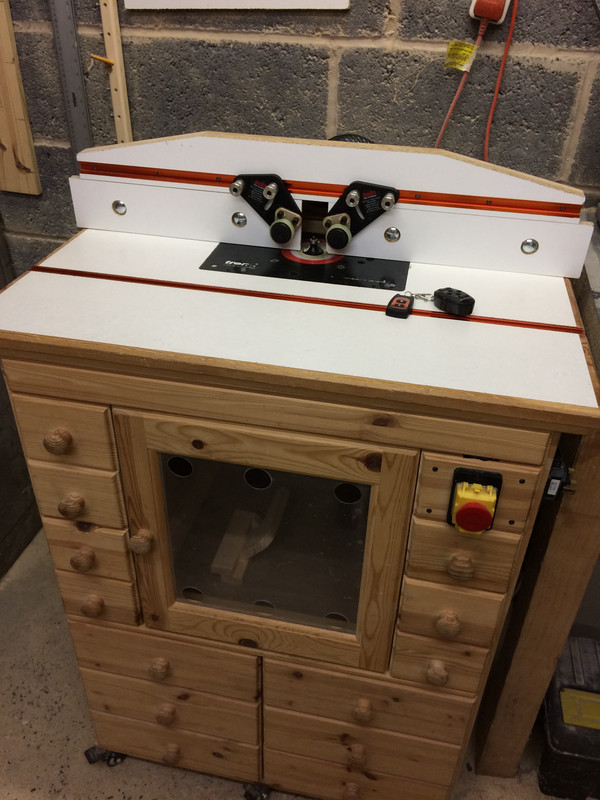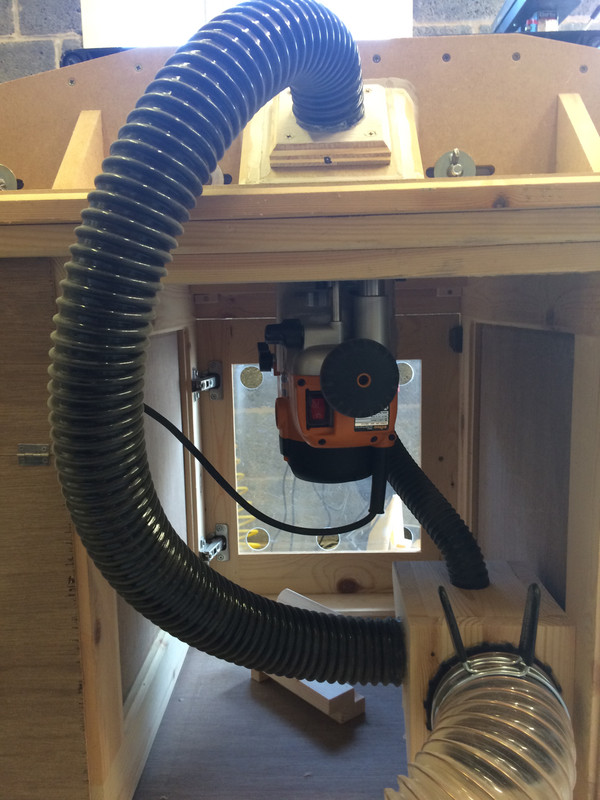Another Triton TRA001 here. Not 100% satisfied, first one vibrated like crazy out of the box, got a replacement that are kind of OK but still vibrating too much to run really large bits in the router table.
Anyway, if having a router with built in lift (like the Triton), I see no advantage of mounting it to a insert plate, as long as you can keep the table from sagging without one. Insert plate means more surfaces that needs to be levelled and more edges the work can get stuck on.
I bolted my router directly to my assembly/router table, in i circular recess to not loose to much height, metal supports as close to the router as possible. In the top surface I routed a recess that matches the Incra rings, copied the Incra way with magnets and o-rings to adjust the height of the rings. Has worked flawlessly for a couple of years now and the clean sweep rings do a quite good job for extraction from underneath. No t-tracks (as they easily fill up with dust and just another part that causes edges where the work can get stuck). Fence bolts down in two rows of threaded inserts for close to fence routing, further away (which is quite uncommon for the work I do) it's clamped down through the holes. Have a digitial micro adjust fence so exact position of fence base is not very important. Have a youtubevideo of my router table if someone is interested. https://youtu.be/hz17-UutQNU





Anyway, if having a router with built in lift (like the Triton), I see no advantage of mounting it to a insert plate, as long as you can keep the table from sagging without one. Insert plate means more surfaces that needs to be levelled and more edges the work can get stuck on.
I bolted my router directly to my assembly/router table, in i circular recess to not loose to much height, metal supports as close to the router as possible. In the top surface I routed a recess that matches the Incra rings, copied the Incra way with magnets and o-rings to adjust the height of the rings. Has worked flawlessly for a couple of years now and the clean sweep rings do a quite good job for extraction from underneath. No t-tracks (as they easily fill up with dust and just another part that causes edges where the work can get stuck). Fence bolts down in two rows of threaded inserts for close to fence routing, further away (which is quite uncommon for the work I do) it's clamped down through the holes. Have a digitial micro adjust fence so exact position of fence base is not very important. Have a youtubevideo of my router table if someone is interested. https://youtu.be/hz17-UutQNU
















































